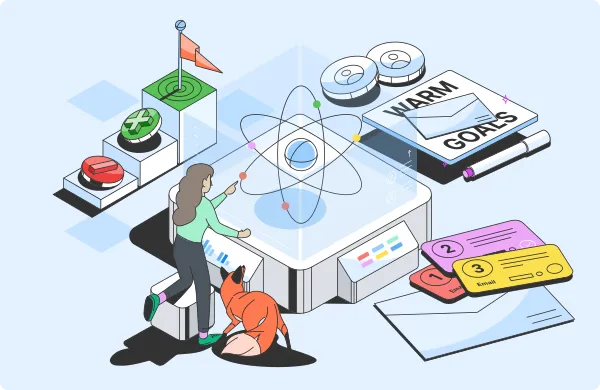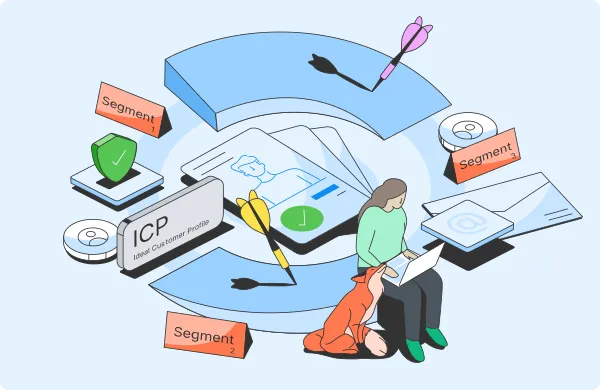Prevent your emails from bouncing (email bounce rate)
Email bounce rate is the proportion of cold emails you send that couldn’t be delivered to the recipient.
Read moreGet familiar with the metrics you should use to analyze and optimize your cold email campaigns.

It takes time to make your email outreach successful. To know what works and what doesn't, you need to monitor a handful of key metrics. They allow you to track the success of your campaigns throughout all stages of the outreach process – from reaching the recipient's email server and being placed in their inbox, all the way to receiving a positive reply.
Email bounce rate is the proportion of cold emails you send that couldn’t be delivered to the recipient.
Read moreTroubleshooting a high spam rate is tricky because you can't directly track it. This article lists the best practices you can implement to avoid landing in spam from the start.
Read moreA low open rate indicates issues with your email deliverability or with your subject lines. Optimize these aspects to get more emails opened and replied to.
Read moreGetting a positive reply should be your ultimate goal, so every optimization you make must directly or indirectly improve your reply rate.
Read more




Get started with a free account and 25 searches/month.
Create a free account